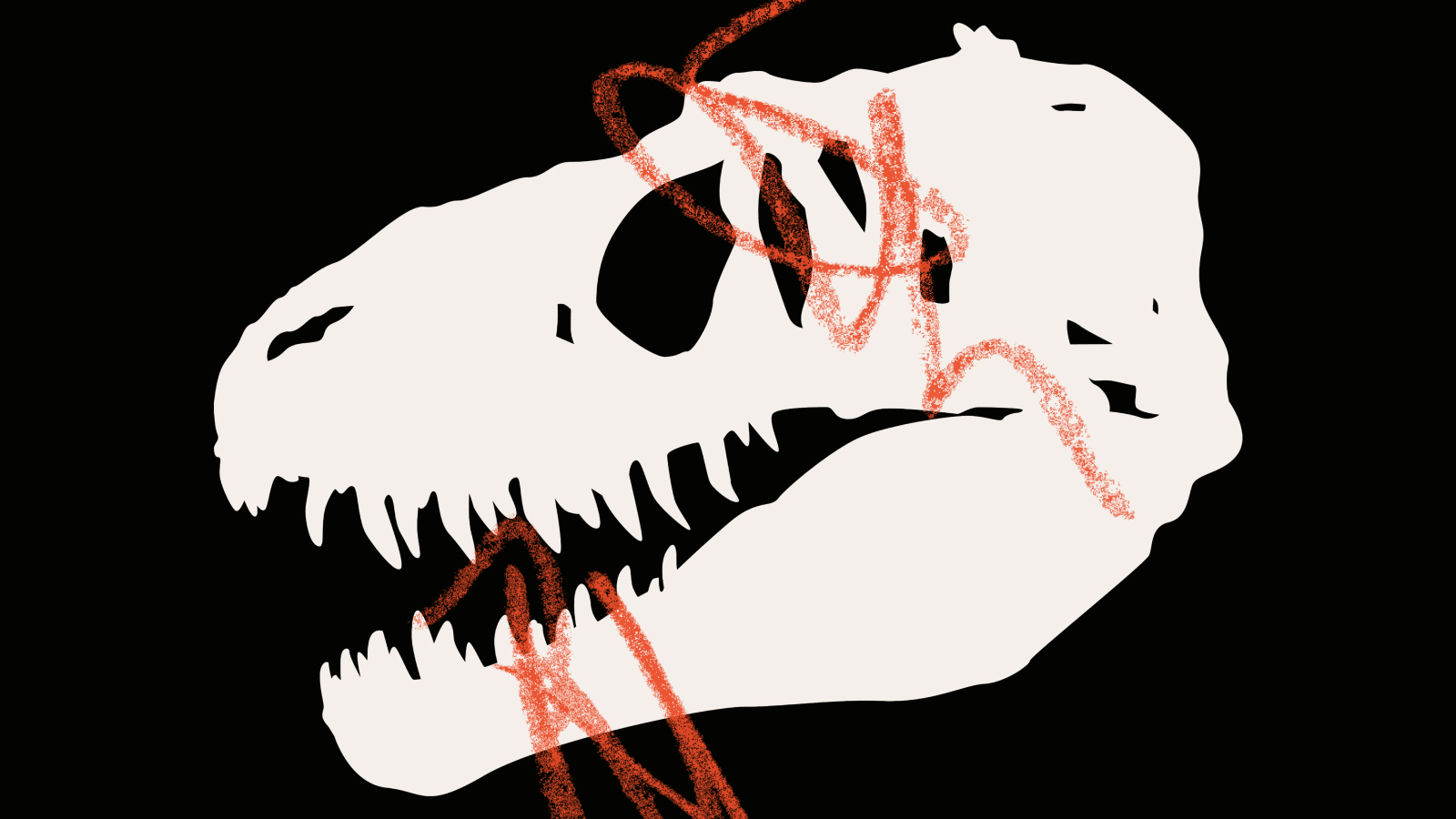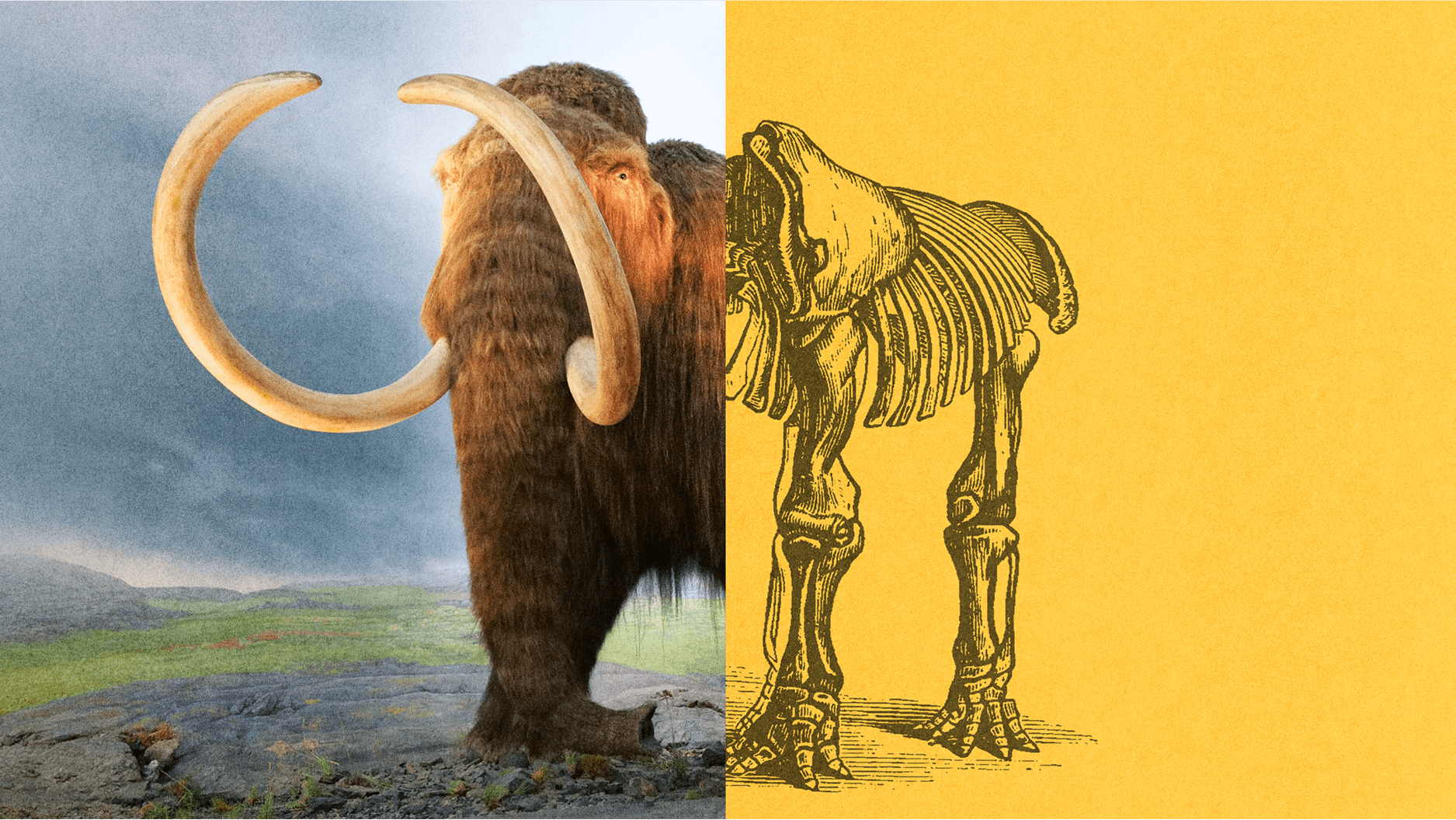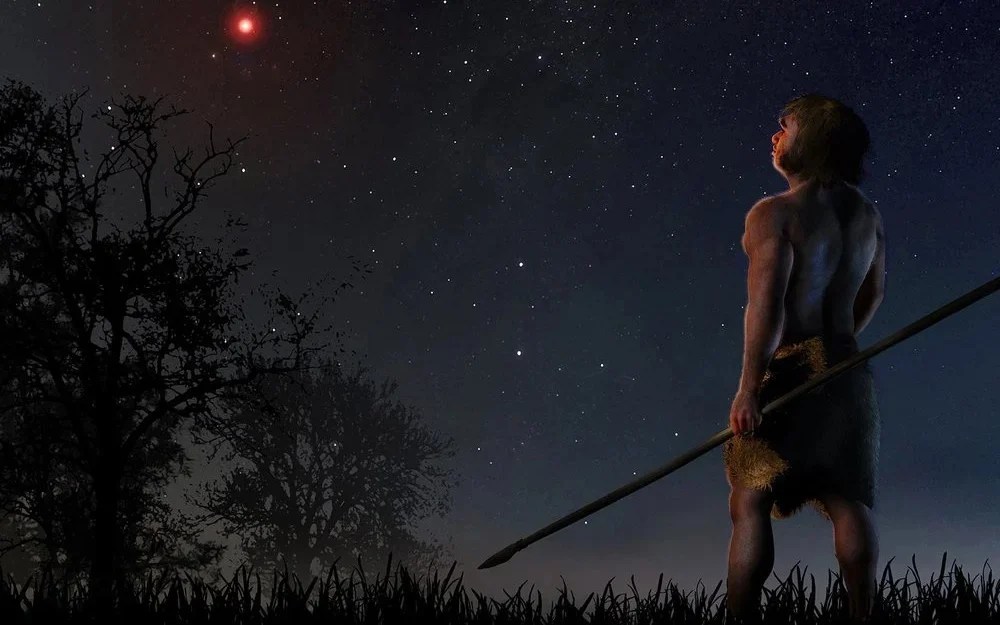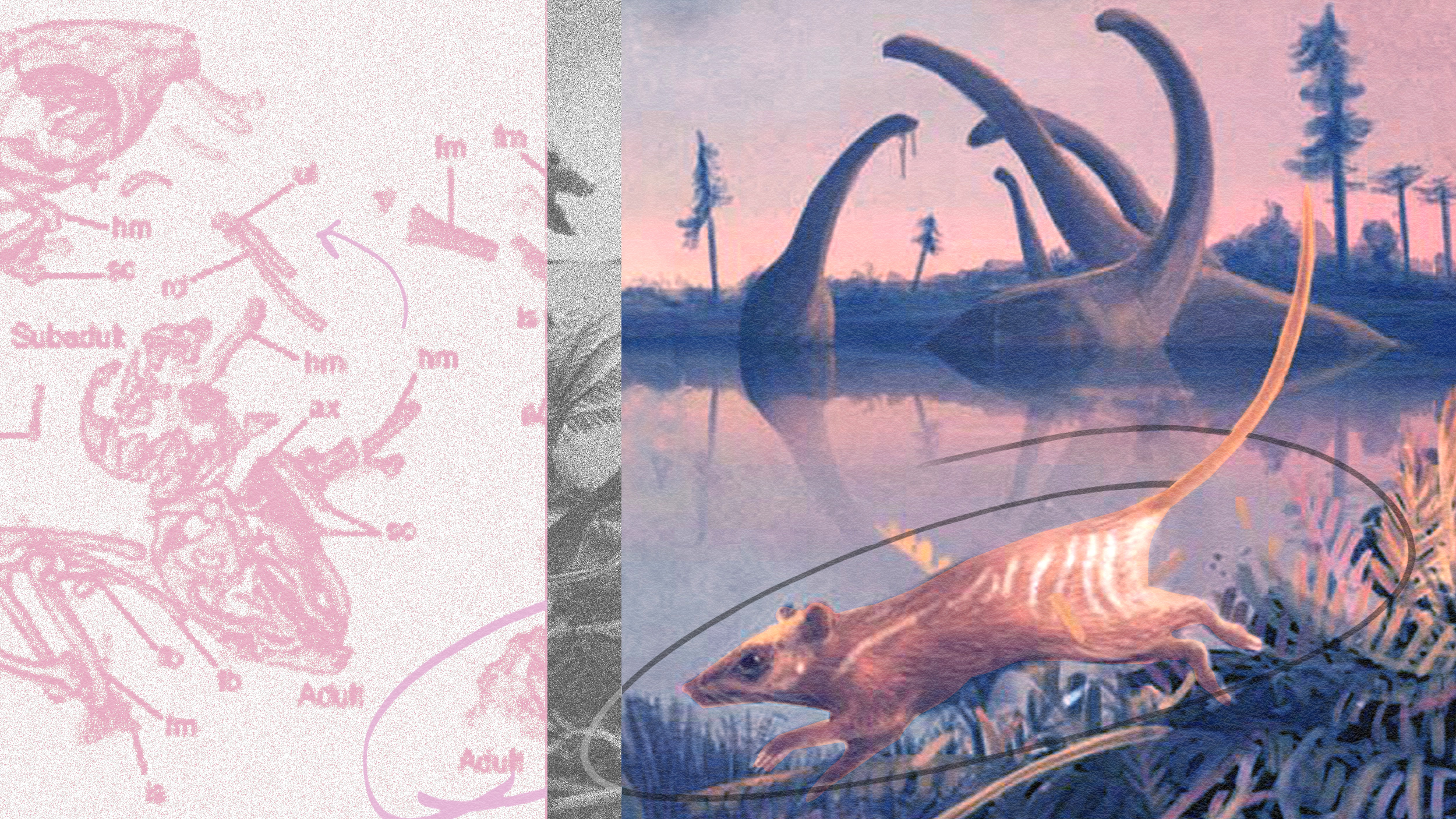New dinosaur-age cockroaches discovered

Photo by Jesper Aggergaard on Unsplash
- Researchers discovered two new species of prehistoric cockroaches dating back to when dinosaurs roamed the earth.
- These are the oldest human-known examples of “troglomorphic” organisms — critters that adapted to dwelling in caves.
- More work will be required to determine if the new roach species somehow survived the mass extinction that killed off the dinosaurs.
An international research team discovered two new species of prehistoric cockroaches dating back to the dinosaur era.
The cave-dwelling roaches were found preserved in amber in the Hukawng Valley in Myanmar. These new specimens, named Crenocticola svadba and Mulleriblattina bowangi, date back to around 99-million-years ago, placing them in the Cretaceous period.
Morphed by darkness
So far, these are the oldest human-known examples of “troglomorphic” organisms — critters that adapted to a life thriving in the darkness of caves. These creatures are defined by their tiny eyes, small (dysfunctional) wings, pale bodies, long legs, and antennae. The pair of roaches are the only cave-dwelling creatures known from the Cretaceous period.
While biologists have plenty of examples of cockroaches and other cave-adapted insects to study, these specimens are the oldest animals ever found with those troglomorphic traits.
“Caves lack unequivocal fossils before the Cenozoic,” the researchers wrote in a paper describing their find, referring to a period beginning around 65 million years ago after the mass extinction that took the dinosaurs out and bequeathed the earth to us mammals. Even fossils found in caves from after that mass extinction, also known as K/Pg, are typically animals that only utilized caves for shelter while spending most of their time in the outer, sunlit world.
“Cave environments are well suited for fossilization of bones and coprolites [or fossilized feces] and the fossil record of cave mammals includes rodents, ungulates, marsupials, ursids, felids, hyaenids, canids, primates and humans,” explained the researchers. They noted that until now, there had not been any notable fossil record of any troglomorphic creatures before K/Pg. These new “exquisitely preserved” cockroach species represent the only known dinosaur-age cave survivors.
Discovery details
These pair of ancient cockroaches, which both belong to the Nocticolidae family, were descendants of a common ancestor from earlier in the Cretaceous era before the break up of the supercontinent Gondwana separated their homes. Using microscope photography, a study of the new ancient specimen revealed that they have many physical features common to today’s cockroaches who make their homes in caves. Similar to how modern cockroaches feed on the droppings left by birds and bats, the researchers think that the ancient roaches may have dined on dinosaur feces. It’s not clear exactly how the cockroaches ended up so perfectly preserved. One possibility researchers suggested is that tree roots extended into the cave and dripped resin that encapsulated the ancient roaches, preserving them for millions of years. This is why amber fossils are common for small critters that lived near trees.
The researchers noted that more work will be required to determine if the two new species they discovered somehow survived the mass extinction that killed off the dinosaurs, and if they did, whether they have modern relatives.
These discoveries are detailed in the journal Gondwana Research.





